Table of Contents
The Role of Hue
In addition to the different processing methods of tones in portrait photography, the tones can also be designed by ourselves to express different color tones.
For outdoor photography, designing the colors of photos is more convenient than indoor photography. But the light is not easy to control. We can design the light by the color of the model’s clothing. We can also choose the color of the background to control the effect of harmony or contrast between the color of the clothing and the color of the background. You can also choose warm sunlight with a low color temperature to illuminate the model. 
If you are shooting in a studio, the color design is much more convenient. We can not only choose the color of the clothing, but also the color of the background. We can also add colored light paper to luminaires to change the color of the light source and control the hue. The white balance function of the digital camera can also be used to control the color tone.
The Lighting Technique of Warm-toned Portraits
In the color science of fine arts, colors can be divided into warm tones, cool tones and mid-tones. Warm and cold colors are judged by the imagination and feeling that the color gives people. Red, orange and yellow give a warm feeling. So it is classified as a warm color. Colors that give people a cold feeling such as blue and cyan, which are cool colors. Gray, purple, and white are intermediate colors. But in many cases, cold and warm colors need to compare in order to get results, not absolute.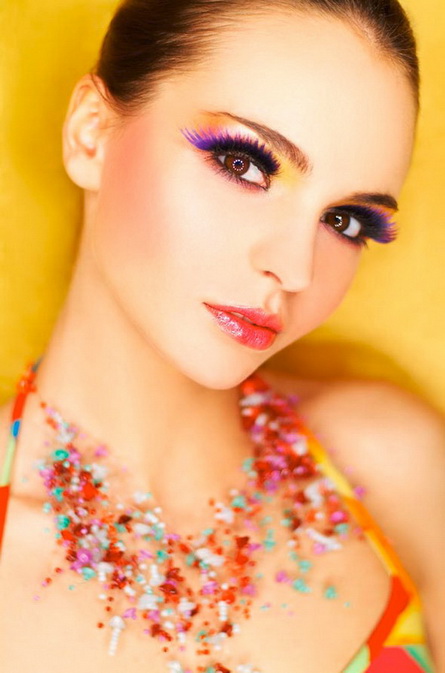
The traditional method of warm color processing in portrait photography is to make the subject wear warm clothes, arrange a warm background, and then use a low color temperature light source or install warm color chips on the lamps. In this way, the whole picture constitutes a harmonious warm-toned portrait work. We can also use the white balance setting of the digital camera to achieve the effect of warm colors.
Lighting Technique for Cold-toned Portraits
The shooting of cold-key portraits is similar to that of warm-key portraits. Just let the model wear cool color clothing, and install a cool color filter in front of the background light. We can also take advantage of the white balance function of the digital camera to shoot the cool tone effect. When shooting with flash, we set the white balance of the digital camera to incandescent mode. You can get the blueish cool tone effect of the picture.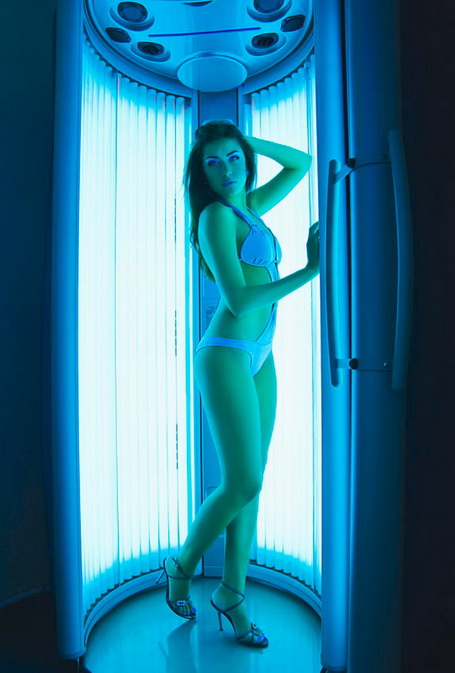
Lighting Technique for Mid-tone Portraits
Use purple and green to form a mid-tone effect. And match the black, white and gray clothing or background to coordinate the picture. Only the “gray scale” of black, white and gray belongs to the “colorless system”. Use softer light for the overall lighting, so that too much light ratio is formed on the model. This will make the midtone effect of the whole picture more obvious.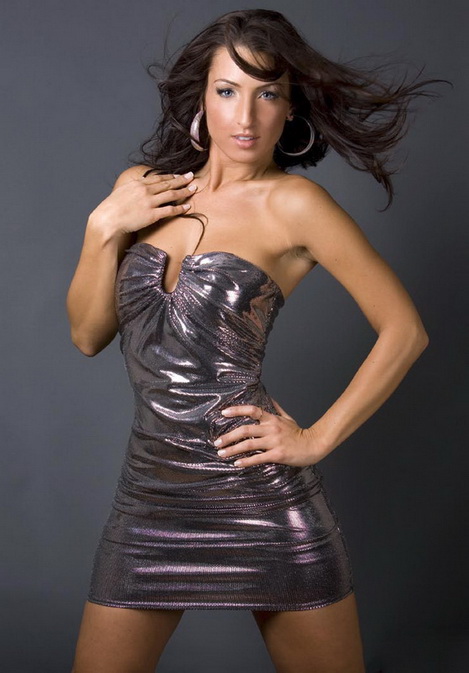
The Lighting Technique of Contrasting Portraits
The color contrast mainly includes color contrast, brightness contrast, purity contrast, complementary color contrast, and cold and warm contrast. The law of color contrast is: in a warm-toned environment, a cool-toned subject is eye-catching. In the environment of cold tone, the main body of warm tone is the most prominent.
In addition to the contrast between cold and warm, the color contrast also includes color contrast, brightness contrast, and saturation contrast. In terms of lighting for portrait photography in contrasting tones, we can use color light to shape the contrast with the subject. You can also use colored light to illuminate the model to enhance the contrast between the model’s color and the background color model.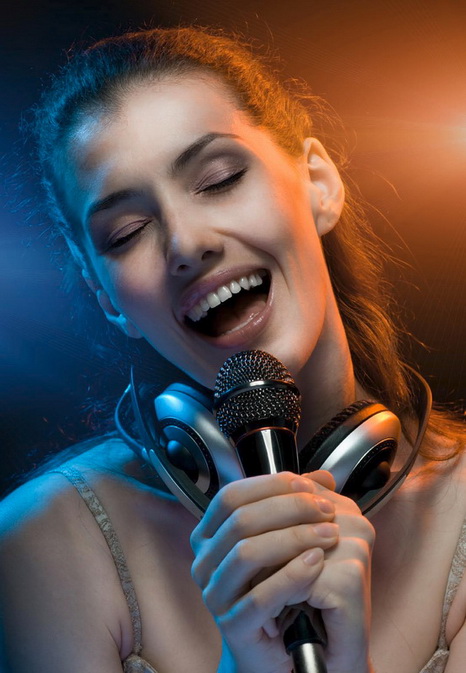
What is a Tone
The industry usually divide portrait photography works into high-key portraits, low-key portraits, mid-tone portraits, soft-tone portraits and hard-tone portraits by tone. These different tones can directly affect the viewer’s visual experience. A low-key portrait photo can give people a solemn and deep association. The so-called midtones are not composed of gray tones, but are relatively high-key and low-key. The tone of portrait photography, in addition to the difference between light and dark, there are also soft and hard tones.
Lighting of High-key Portraits
High-key portrait refers to the tonal composition in the picture is mainly light tones, try to avoid or use dark tones as little as possible. Simply put, when shooting black and white portraits, the combination of tones should be based on white, light gray and medium gray tones. When shooting color portraits, white and light colors with high brightness should be the main ones. This will make the model appear overall bright on the photo without obvious shadows. The overall style of the picture appears fresh, concise and soft.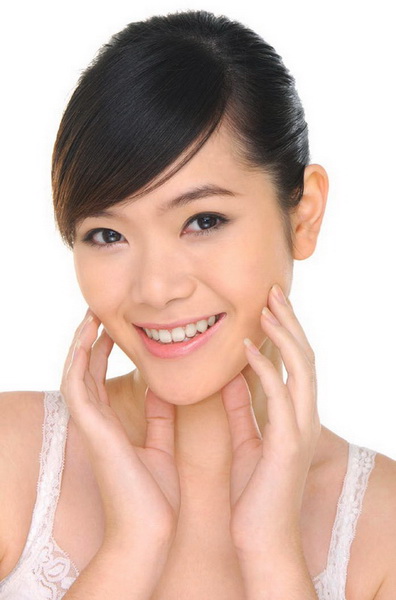
In the studio, photographers use lighting to shoot high-profile portraits. In addition to letting the subject wear white or light-colored clothing and using a light-colored background, we should use forward light as the main method of lighting. In this way, the shadows caused by the light of the illumination can be reduced to a minimum.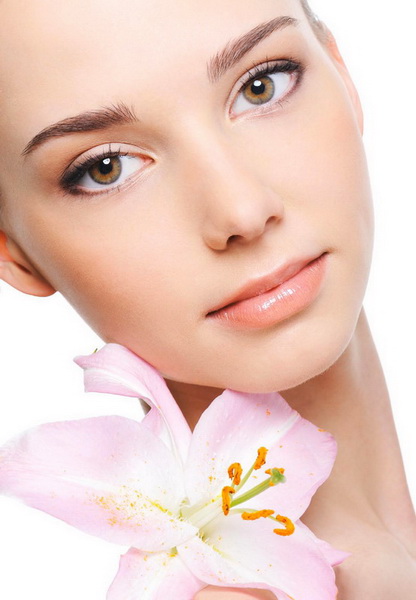
Lighting Technique for Mid-tone Portraits
The shooting of mid-key portraits is neither dominated by light-colored tones like high-key portraits, nor do they focus on dark-heavy tones like low-key portraits. The photo will contain deep, medium and light tones at the same time. Therefore, the composition of midtones tends not to be bright or dark. The visual experience given to people is neither bright nor dignified. When shooting, there are no regulations on the nature of the light source and the lighting method. Generally, there are more illuminations using forward light and front side light.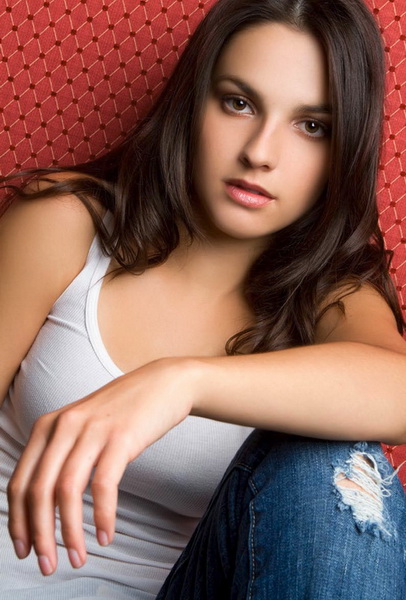
Lighting Technique for Soft-key Portrait Shooting
The characteristic of soft-key portraits is that the tone of the picture is relatively hazy. Most of them use medium light and dark tones, with relatively few bright tones, and fewer or no dark tones.
It will give the viewer a bright, light and pleasant visual experience. For soft-key shooting, use diffused soft light as much as possible. It is also necessary to control the light ratio to a minimum to avoid obvious dark tones in the picture. The lighting generally uses a large area of soft light and forward light lighting to avoid large areas of shadows on the model and affect the overall soft and hazy effect. And when shooting, you should use a soft lens or post-processing to soften the effect.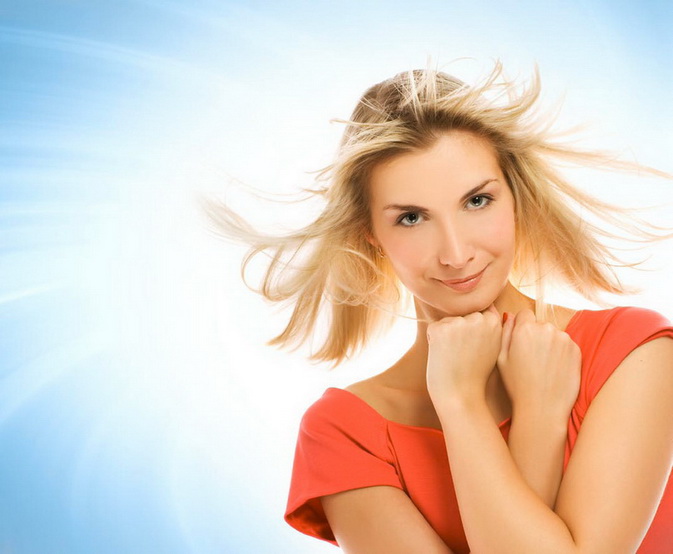
Lighting Technique for Hard-tune Portrait Shooting
Hard-key portraits mainly use shades of light and dark to form an image. The light ratio is large and the midtones are few. Photographers often use this tone to express the distinctive personality of the model. Use hard light when arranging lighting and control the area of the light source at the same time. Adjust the position of the light according to the photographer’s needs.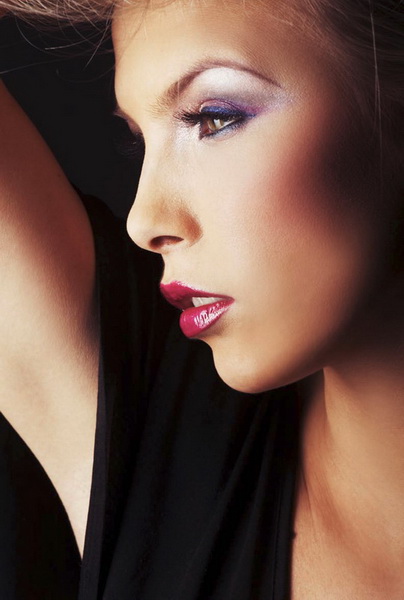
Lighting Technique for Low-key Portrait Photography
The characteristics and shooting requirements of low-key portraits are just the opposite of those of high-key portraits. The composition of its tones is mainly dark tones, and light tones are avoided or used sparingly. When shooting black and white portraits, the combination of tones is mainly black, dark gray, and medium gray tones. When shooting color portraits, photographers often use black, dark with low lightness, and colors with medium lightness. Low-key portraits should make the subject appear deep and dignified.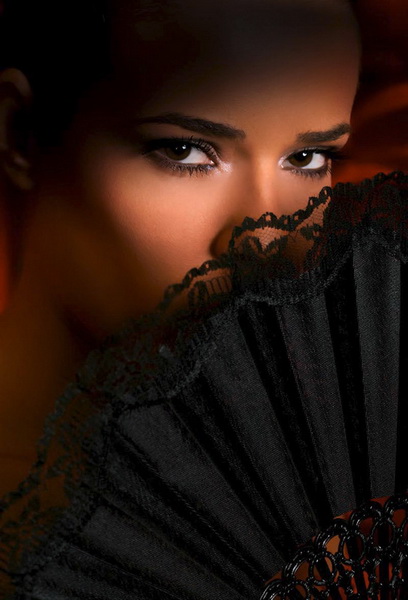
To shoot low-key portraits in the studio, the model should wear dark clothing and use a dark background. Generally, photographers use single-lamp side backlight or side light for lighting. This will make the shadow area of the model’s face larger. Photographers should control the light ratio at 1:4 to 1:6. Expose according to the brightness of the model’s face. The bright parts are reproduced as medium light and dark tones, and the shadow parts are dark tones.
